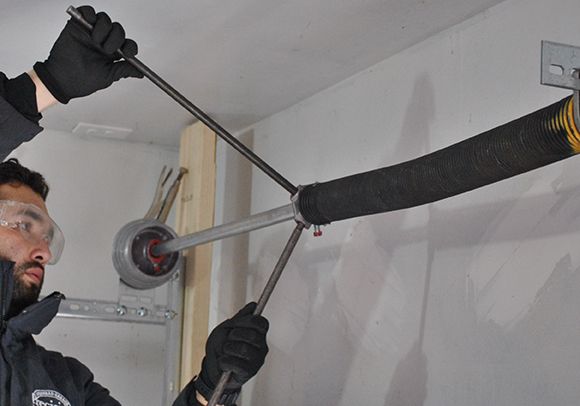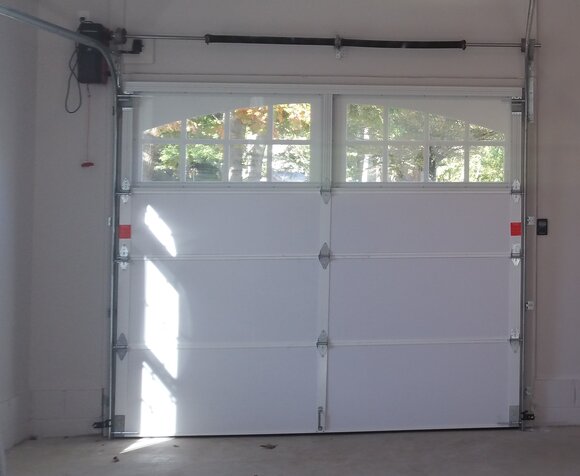How a Torsion System Works





WITH 1,793 REVIEWS
Click Here To Book Online Now





CLICK
To view local phone numbers

Torsion springs are mounted on a torsion tube above your garage door frame on the area called the header. They are wound up to create torque, or tension. As the door closes, cables attached to the bottom corners force the springs to wind up. When the door opens, the springs unwind, and the tension transfers to lift the door open.


Torsion springs are generally safer than extension springs in terms of operation because they’re contained on a torsion tube. However, you should never try to wind, repair, or replace a torsion spring by yourself. Because they are under such extreme tension, they can cause serious injury, so always call a professional.
Torsion systems require the ground in the garage door opening to be completely level. You also need 12 inches above the door on which to mount the spring. Often, there isn’t enough space for a torsion system in an older home. Torsion systems are recommended for heavier doors but are required for all doors over 8 feet tall.
Office: (408) 533-1120
2007 W Hedding Street
Suite 203
San Jose, CA 95128
Licenses
Contractor License#979078
If you are looking for service in the San Francisco area, please visit:
precisiondoorsanfrancisco.com/
If you are looking for service in the East Bay area, please visit:
precisiondooreastbay.com/














